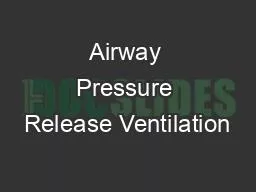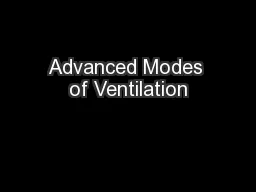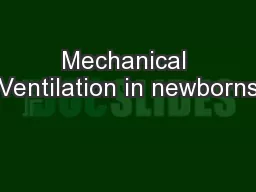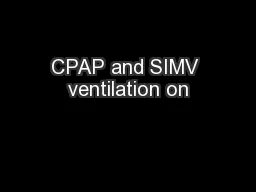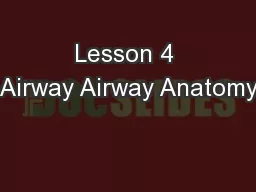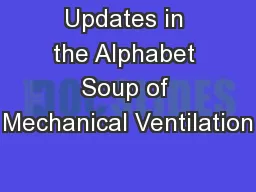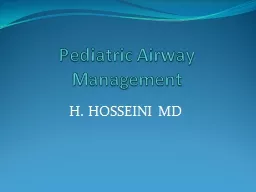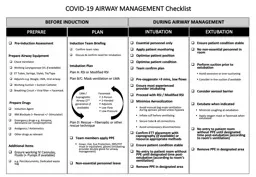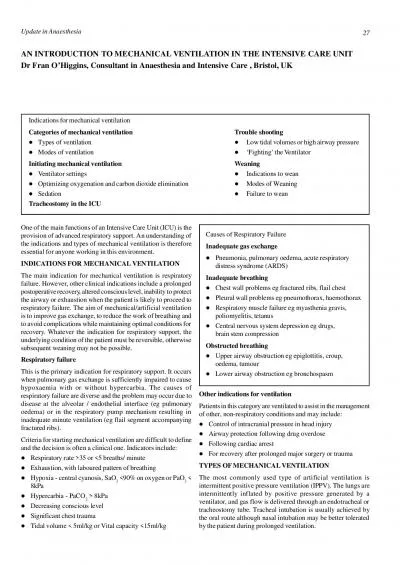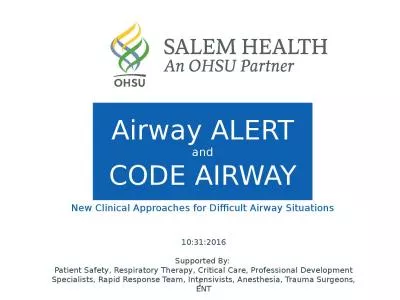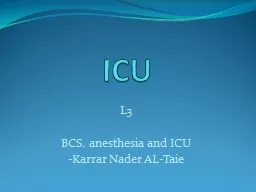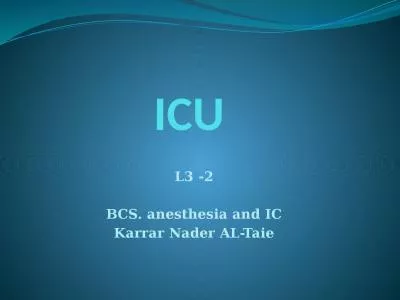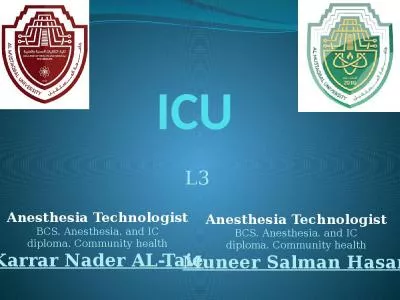PPT-Airway Pressure Release Ventilation
Author : reportssuper | Published Date : 2020-08-06
APRV By Jeff Cline Angie Coon Randy Hansen November 19 2012 Scenario A new trauma surgeon has arrived at your hospital to direct Surgical Intensive Care He trained
Presentation Embed Code
Download Presentation
Download Presentation The PPT/PDF document "Airway Pressure Release Ventilation" is the property of its rightful owner. Permission is granted to download and print the materials on this website for personal, non-commercial use only, and to display it on your personal computer provided you do not modify the materials and that you retain all copyright notices contained in the materials. By downloading content from our website, you accept the terms of this agreement.
Airway Pressure Release Ventilation: Transcript
APRV By Jeff Cline Angie Coon Randy Hansen November 19 2012 Scenario A new trauma surgeon has arrived at your hospital to direct Surgical Intensive Care He trained and worked several years at Baltimore Shock Trauma where they employ Airway Pressure Release Ventilation in many of their patients with ARDS after trauma He tried to implement APRV on one of his patients and your Respiratory Therapy staff members were not able to assist He has asked that you develop a protocol for APRV and an educational PowerPoint to inform the staff. Points of Discussions. Advanced Basics:. Flow and Time. Limit and cycling. Rise Time. Volume vs Pressure Control. Mandatory Modes of Ventilation. Controlled Mandatory Ventilation (CMV or IPPV). Triggered Modes of Ventilation. PRVC, MMV, VS, and ASV. By Joshua and Marissa . Lets review!!!. What are the 3 modes?. Review continued… . What are the 3 different breath types?. REVIEW!!. What is . PEEP?. Why is it used?. What do you need to be careful of when using . By:. Dr.behzad barekatain ,MD. Assistant professor of pediatrics. . Neonatologist. Isfahan university of medical scienses. Mechanical ventilation can be achieved through the use of intermittent . neonatals. and pediatrics. Continuous Positive Airway Pressure (CPAP). Continuous Positive Airway Pressure (CPAP) is primarily indicated for use in treating respiratory distress. CPAP was adapted for infants in the 1970’s as an alternative to the more invasive mechanical ventilation. Its primary function is to establish an open airway. The circuit is structured such that a continuous flow of humidified oxygen in combination with other compressed gases is delivered.. Upper airway. Nasal passage. Turbinates. Oral . cavity. Epiglottis. Vocal cord. Esophagus. Anatomy of the Glottis. Posterior tongue. Epiglottis. Vocal cords. True. False. Esophagus. Prehospital . care providers . Lisa Pristas CRNA, MSN, MSHA. September 15, 2017. Objectives. Discuss the history of mechanical ventilation and the evolution of ventilators over the years.. List and describe the different modes of ventilation available on the newer gas machines and their uses.. Prader. -Willi syndrome. Dr Anoop Sharma. , Prof . Indu. Sen. Department of Anaesthesia & Intensive Care. Postgraduate Institute of Medical Education & Research, Chandigarh. Background. Childhood obesity was thought to be a problem of developed world.. The prevalence of overweight/ obesity in adolescent Indian children rose from 9.8% in 2006 to 11.7% in 2009 (1). . H. . HOSSEINI MD. Airway anatomy differences. Airway anatomy differences. Airway Shape. Adapted from . Walls et al. . Manual of . Emergency . Airway Management. . 2. nd. Ed. 2004.. 2- Relatively Larger Tongue:. BEFORE INDUCTION. Pre-Induction Assessment. Prepare Airway Equipment. Check Ventilator. Working Laryngoscope (VL . if available. ). ET Tubes, Syringe, Stylet, Tie/Tape. Adjuncts e.g. Bougie, LMA, Oral airway. Indications for mechanical ventilationCategories of mechanical ventilationTrouble shootinglTypes of ventilationlLow tidal volumes or high airway pressurelModes of ventilationl‘Fighting’ the New Clinical Approaches for Difficult Airway Situations. 10:31:2016. Supported By: . Patient Safety, Respiratory Therapy, Critical Care, Professional Development Specialists, Rapid Response Team, Intensivists, Anesthesia, Trauma Surgeons, ENT. -. Karrar. Nader AL-. Taie. Artificial Ventilation. Part 1. Artificial Ventilation. Mechanical ventilation . helps move air into and out of the lungs. , with the main goal of helping the . delivery of oxygen and removal of carbon dioxide. . Karrar. Nader AL-. Taie. Artificial Ventilation. Part . 3. Pressure mode. pressure. . is consistent . with these modes, . Volume. . is . not. inspiration . is terminated . when a . specific. . airway pressure has been . BCS. Anesthesia. and IC. diploma. Community health. Karrar. Nader AL-. Taie. Anesthesia Technologist. BCS. Anesthesia. and IC. diploma. Community health. Muneer. Salman . Hasan. Artificial Ventilation.
Download Document
Here is the link to download the presentation.
"Airway Pressure Release Ventilation"The content belongs to its owner. You may download and print it for personal use, without modification, and keep all copyright notices. By downloading, you agree to these terms.
Related Documents

